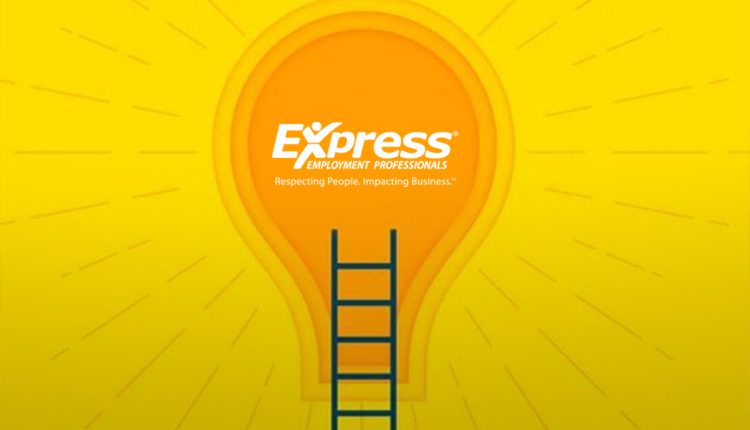Company-Led Training Top Reskilling Tool Latest Results from The Harris Poll
Increasing headcount through the end of 2024 may not be feasible for some U.S. companies, as 33% of hiring managers say budget constraints or the inability to hire is responsible for stagnant or decreasing hiring plans.
However, reskilling current employees may be the key to balancing the desire to strengthen workforces while keeping costs in line, according to a recent Express Employment Professionals-Harris Poll survey.
More than two-thirds of hiring managers (68%) — an increase from Spring 2021 (60%) — report their company plans to reskill employees this year (i.e., train a current employee for a new position or teach them new skills for their current role).
Among those who plan to reskill employees, the majority intend to offer company-led training sessions or programs either during or outside work hours (71%). Many also report their company plans to provide on-the-job training by other employees (62%) or third-party training or courses (46%). Notably, 16% say they plan to use artificial intelligence (AI) to help train employees.
Reskilling Advantages
“Reskilling current employees is a much more predictable model than the hit or miss tactic of recruiting for experience,” said John Roller, an Express franchise owner in New Hampshire. “By installing an in-house ‘skills development program,’ companies can select current employees with known work history and provide training for the missing skill sets. It’s a huge win-win, but it takes an investment and dedicated focus.”
In Texas, Express franchise owner Nancy Reed says employers are investing in onboarding and new hire training. But due to turnover, they haven’t been able to look at the next stage of training for incumbent workers.
“Now that hiring has stalled due to market uncertainties, employers are evaluating their current structures and conducting job analyses,” she said. “The next phase will be implementing skill development for their current workforce.”
Read More: Why Talent Acquisition Teams Must Embrace AI In The Right Way Or Risk Being Left Behind
Training Methods
Reed encourages businesses to partner with economic development and state workforce agencies that can create customized training using tax dollars. The hands-on training is then completed through local technical colleges.
Other options include tuition reimbursement for education that aligns with business needs, cross-training programs and internal mentorships.
Depending on the needed skill sets, Roller suggests in-house trainers, which “would be more expensive initially, but could be more efficient, and more effective, in the long term.”
Roller also says employees should take advantage of the numerous training resources available online to advance their careers.
“Look for quick training that builds on skills required to do your current job better,” he said. “It will make you more promotable, valuable to the company and potentially increase your pay.”
Traditional job roles are rapidly evolving or disappearing altogether, meaning the workforce is at a crossroads where reskilling and upskilling employees now could create the necessary talent of the future, according to Bill Stoller, Express Employment International CEO.
“As we’ve seen over the past several years, there is no quick fix for the skills gap,” he added. “However, companies investing in their greatest assets, people, will see the most success in recruiting, retention and their bottom line.”
Read More : HRTech Interview With Frank Wolf, Co-Founder And Chief Strategy Officer At Staffbase
[To share your insights with us, please write to psen@itechseries.com ]

